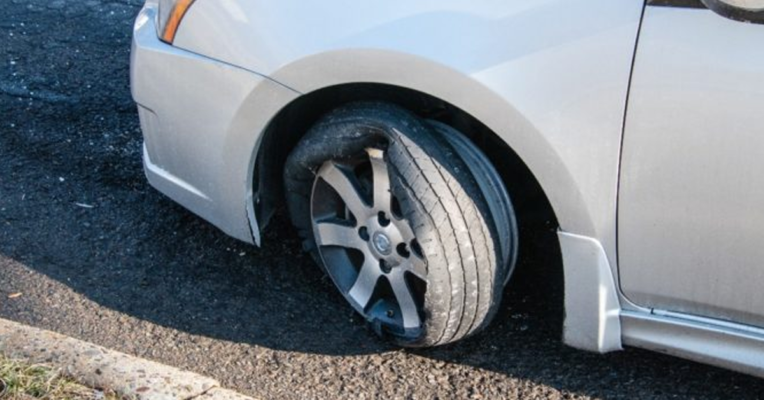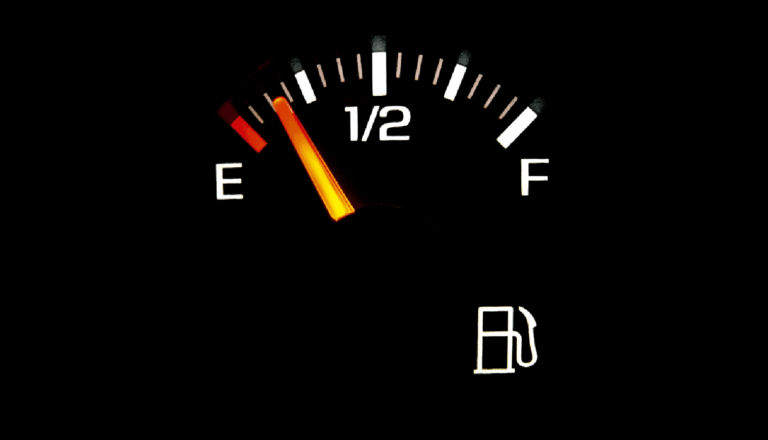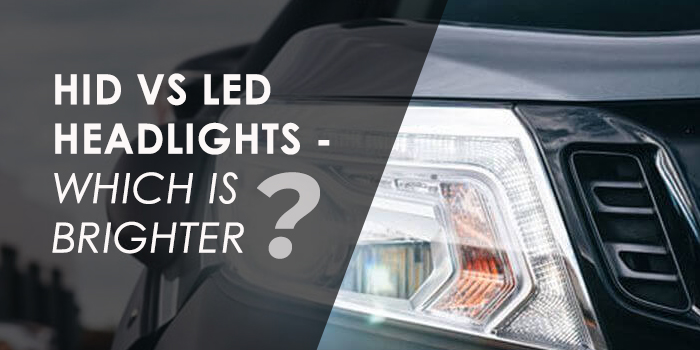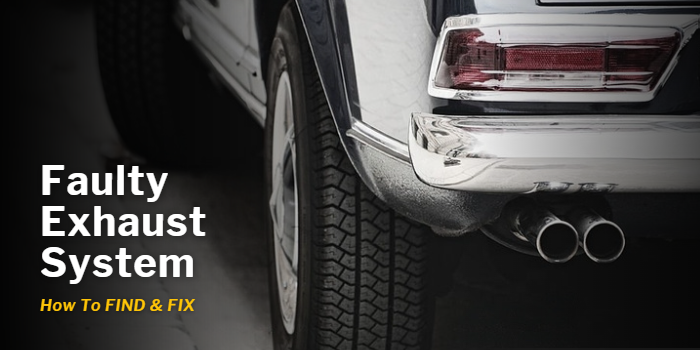
A tire blowout while driving (also known as a tire burst) is the rapid, and often explosive loss of inflation air from a pneumatic car tire.
The main causes of a tire blowout include underinflation of the tire, hitting an object that damages the sidewall or tread of the tire, to the point where the structural rigidity of the tire is compromised and the compressed air within the tire escapes and causes a bigger tear.

Other tire blowout causes include tread separation, under or over inflation of the tires and high cornering speeds which may put excessive pressure on the sidewalls of the tires and cause them to increase in temperature and disintegrate under pressure.
A tire blowout on the highway is especially dangerous because of the high speeds involved and loss of control of the vehicle may lead to a spin-out, roll over or a head-on collision with oncoming vehicles.
What Kind of Damage Can a Blowout Cause?
When a tire blows on the highway during high speed, the most dangerous thing that can happen is that the driver loses control of the vehicle and it veers off the road into the median or in the path of oncoming cars. The car might even wipe out cars in parallel lanes, may spin or roll over.

Damage to the car will be in the vicinity of the tire well if the driver can maintain control of the vehicle. The blown tire may rattle around inside the fender and cause damage to the plastic linings, the bumpers or body panels that are near the fender.
The undercarriage of the car may also get damaged by flying tire parts.
What to Do if You Experience a Tire Blowout?
Here are some tips on how to handle a car blow out when it occurs.
- Keep a firm grip on the steering wheel and try to maintain the car in a straight line even if it is pulling towards one side.
- Avoid heavy use of the brakes. Instead let go of the accelerator and allow the car to slow down on its own. Then lightly tap on the brakes and try to bring the car to a controlled stop.
- Pull over to the side of the road where it is safe. Avoid sudden movements or swerving the vehicle. Take the car to the curb slowly.
- Activate the hazard lights or emergency flashers to indicate there is a problem with the car and to warn other motorists of your presence.
- Exit the vehicle and inspect the blown-out tire and initiate replacement of the tire.
How to Prevent a Tire Blow Out?
Car tire blow outs are preventable if you pay proper attention to the state of your vehicle. If the tires are underinflated, the ambient temperatures are very high and you are driving at a high speed, the chances of a tire blow out are higher.

Don’t overload the car and replace tires when the tread seems worn out. Additionally, you can take the following steps to ensure your tires so not blow out while driving:
- Buy the right size of tires for your vehicle. Also buy the recommended brand, because low-cost tires may not have good quality materials and may fail prematurely.
- Make sure that tires are aligned and well balanced. Also rotate them as per the manufacturer’s schedule. Tires that are too worn out should be replaced.
- Check the tire tread and make sure they are road worthy.
- Maintain the correct pressure and never allow the tires to be run underinflated.
Conclusion
A tire blowout can be a very dangerous occurrence, especially if the vehicle is travelling at a high speed with lots of other traffic in parallel lanes. In fact, a tire blowing out at even a slow speed can be dangerous, because it causes loss of control of the vehicle which may endanger occupants and other motorists.
Even with modern tires and vehicles, a tire blow out is still a significant issue that the driver must consider. Drivers must be prepared for any situation on the road, and should react properly to avoid an accident when a tire blows out.
It can only take a few seconds for the vehicle to lose control, so the driver must follow the steps to make sure the car doesn’t spin, roll over or go off the road.
Hopefully, this article has outlined a few steps to manage a tire blow out, however, in a real life situation the driver must always be prepared for the unexpected.
Frequently Asked Questions?
Q1. What Causes a Tire Blowout?
Ans. If the air pressure in a tire is too low, the tire may begin to flex and stretch beyond its limits. The rubber material will then begin to lose its bond with the tire’s internal fabric and reinforcements made of steel. A tire blowout is more frequent when travelling on highways at high speed.
Q2. Why Do Tires Blow Out?
Ans. The most common cause of a tire blowout is underinflation of the tire. When the tire is underinflated, the sidewall will begin to flex which causes a lot of heat build-up. The heat will eventually cause a tire blowout. Tires can lose pressure overtime so it is advisable to keep a check on tire pressure often.
Q3. How Does a Tire Blowout?
Ans. When the temperature of a tire gets too high, the rubber starts to degrade, and if the car is driven for a long time, it leads to a rupture in the sidewall. The tire tread gets separated and as a result there is an immediate or rapid release of air pressure from inside the tire. This is when the tire exploded (a blowout) and is often accompanied by a loud bang or pop.
Q4. What to Do When a Tire Blows Out?
Ans. If you hear a loud bang from your tire while you are driving, you are most probably experiencing a tire blowout. The car will begin to slow down on its own and start pulling to the left or right depending on which tire blows out.
First, stay calm. Don’t stomp on the brakes as this may cause you to lose control of the vehicle. Keep steering as straight as possible while the car is decelerating and slowing down. Turn on your hazard or emergency lights to signify to other motorists that you have a problem. Try to steer towards the curb and pull the vehicle over to a complete stop. Change the tire if you know how to, or call a towing company or mechanic.
Q5. What Does a Tire Blowout Look Like?
Ans. Some of the signs of a tire blowout are:
Excessive Tread Wear – Uneven or excessive wear can be caused by underinflation of the tire, poor alignment or improper balancing of the tire.
Tire Bubbles – Bubbles on the sidewalls of the tire are a sign of a tire blowout. The side walls are made of multiple layers of thin rubber. Due to underinflation or overheating, the layers separate and develop bubbles with pockets of air between them. These bubbles can burst and cause a tire blowout
Tire Damage – Damage to the tire either on the tread portion or on the sidewalls may compromise the structural rigidity of the tire and cause it to blow out at high speeds when driving on a highway. The damage may occur by scraping the tire against curbs, driving over rocky surfaces which will potentially take off chinks of rubber.
Q6. What Does a Tire Blowout Sound Like?
Ans. When the tire blows out, you may hear a loud bang or boom as the air rapidly escapes from the tire. The tire sound will keep reverberating for some time. Next you may hear a whooshing sound as the rest of the air escapes the tire. Finally, there will be a flapping or slapping sound as the deflated tire hits the road while it rotates.
Q7. Can a Tire Blowout Damage Your Car?
Ans. When a tire blowout occurs, the car may swerve sharply to one side. If this is on the side of oncoming traffic, it may be impossible to avoid an oncoming car and may cause an accident that will seriously damage your car.
A driver following behind may be unable to stop in time as the car with the blowout slows down on a fast-moving highway. This may result in a rear end collision.
A tire that blows out, may have its sidewall disintegrate and chunks of rubber will fly off the fast-rotating wheel and may damage the underside of your car or the wheel well.
Q8. How Do You Avoid a Tire Blowout?
Ans. Here are some steps to ensure you don’t have a tire blowout:
- Have a visual check of the tire before you start the journey. Regularly check the tires for any damage or signs of a rupture.
- Maintain the correct tire pressure in all four wheels and don’t let tires run underinflated.
- Try to slow down and reduce speed when cornering as this leads to excessive tire wear and strain on the sidewalls.
- Use a good brand of tires. Avoid cheaper, unbranded tires as much as possible.
- Concentrate on the road while driving so that you don’t hit the curb, or any hard objects on the road surface.
- Never overload the vehicle with too many occupants or too much luggage.
Q9. Is a Tire Blowout an at-fault Accident?
Ans. As the owner of the vehicle, it is your duty to check if the tire is in good condition every time you drive your car. This includes checking the tire tread and air pressure. If a tire blowout incident occurs, you may be found at-fault for the accident.
Q10. When Does a Tire Blowout Occur?
Ans. A blowout is the sudden failure of a tire due to wear and tear, a defect and the most common cause which is under inflation. When a tire is underinflated, the sidewall flexes and generates heat, which causes the tire to blow out.
Q11. How Do You Fix a Tire Blowout?
Ans. The best solution to a blown-out tire is to have it changed. Use a lift jack to get the tire free, remove the lug nuts and replace the blown-out tire with a spare that is in good condition. It is not a good idea to repair a blown-out tire because there is risk of it getting damaged again.
Q12. Can a Patched Tire Blowout?
Ans. If the patch is used to cover up a sidewall puncture, you should replace the tire and not repair it. If you run the tire with the patch, you risk the possibility of it blowing out again.
Q13. How to Survive a Tire Blowout?
Ans. If your tire blows out, remain calm and keep steering straight. Let go of the accelerator pedal and allow the car to slow down. Once the car slows down, gently apply the brakes and come to a controlled stop at the side of the road. Get the tire replaced before driving off again.
Q14. Which Tire Blowout is Considered to Be More Dangerous?
Ans. Rear tire blowouts are considered to be more dangerous because the driver has no control over the rear of the vehicle. With a front tire blowout, the driver can still steer the car in the right direction.
Q15. Is a Tire Blowout Covered by Insurance?
Ans. A comprehensive form of insurance will cover damage to the car as a result of the tire blowout, but will not cover damages to the tire itself. If the blowout only damages the tire, you will have to have special insurance that covers that.
Q16. Can a Plugged Tire Blowout?
Ans. The chances of a plugged tire blowing out is a high possibility. If you are planning on regular drives in the city, the plugged tire may work out, but at high speeds or if you are planning on off-roading or racing, a plugged tire increases the chances of a blowout.
Q17. Is a Tire Blowout Covered by Warranty?
Ans. If the blowout is caused by a defective tire, the tire manufacturer’s warranty will cover the damages.
Q18. Are Tire Blowouts Dangerous?
Ans. Tire blowouts are very dangerous because they happen suddenly, and the driver may lose control of the vehicle if it travelling at a high rate of speed. However, in most cases, the driver should be able to bring the car to a halt without having an accident.
Q19. Is a Tire Blowout Considered to Be an Accident?
Ans. The tire blowing out is not considered an accident, but on a highway when the vehicle is travelling at high speeds with oncoming traffic, a tire blowout may cause an accident if the driver is unable to steer the vehicle away from danger.
Q20. When is a Tire Blowout Most Likely to Happen?
Ans. A tire blowout, either the front or rear tires, can be dangerous because it causes vehicle accidents of many types. Minor accidents, such as a car tailgating and rear ending the vehicle with the blown-out tire may occur. If the tire blowout happens to a large truck with 18 wheels, it may cause catastrophic damage to other vehicles and property by losing control.
Q21. When is a Tire Blowout Most Likely to Happen?
Ans. The tire is most likely to blow out if it is underinflated, damaged, worn out or comes in contact with a hard surface at high speed like a curb or debris on the road.








